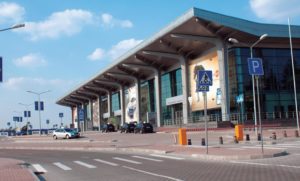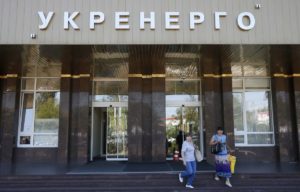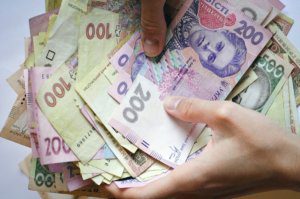
Kharkiv International Airport saw passenger traffic grow by 30% in December 2018, year-over-year (y-o-y), to 78,600 people. In December 2017, the airport handled 69,050 passengers. Passenger traffic on international routes in December 2018 totaled 60,300 people, which was 37% up on December 2017, the airport’s press service said.
Flights to Sharm el-Sheikh (SkyUp, Windrose, Azur Air Ukraine, UIA, Bravo Airways), Kyiv (UIA), Istanbul (Turkish Airlines, Pegasus), Warsaw (LOT) and Vienna (Wizz Air) were most popular.
As reported, passenger traffic at Kharkiv Airport in November 2018 grew by 19% y-o-y, to 72,700 people.
Kharkiv Airport has a runway with a length of 2,500 meters and a width of 50 meters. It has two passenger terminals with a capacity of 100 and 650 people per hour. DCH manages the airport through New Systems AM.

National Energy Company Ukrenergo in 2018 sold property for the amount of UAH 170 million at open auctions in the ProZorro e-procurement system. “Everything that was written off and accumulated in electric power systems for years, from car tires and used transformer oil to large-sized scrap metal, equipment and old cars, is put up for sale,” the company said.
The received funds in the amount of UAH 113 million in 2018 were sent, in particular, to the reconstruction of the 330 kV Kremenchuk substation, the installation of a group of single-phase transformers at the 400 kV Mukachevo substation and the reconstruction of a number of 330 kV transmission lines with the replacement of a ground wire.
In addition, Ukrenergo held 2,400 tenders in the ProZorro system with the expected cost of purchases of more than UAH 4 billion. According to the company’s calculations, the savings on the concluded contracts compared to the expected price amounted to almost UAH 200 million.
As Director of Supply Chain Management at Ukrenergo Maryna Bezrukova said, the company has developed its own methodology for predicting the cost of goods, labor and services based on the price reference book. “In European companies, the indicator of effective procurement planning ranges from 5% to 15% of savings. Ukrenergo has already reached this level,” Bezrukova said.

National joint-stock company Naftogaz Ukrainy and companies incorporated in it tentatively paid UAH 136.5 billion of taxes and dividends to the national budget in 2018, which is 27.2% more than in 2017. According to the press service of Naftogaz, in particular, dividends were paid in the amount of UAH 29.5 billion, royalties – UAH 28.5 billion, VAT – UAH 37.4 billion, income tax – UAH 23.9 billion.
Naftogaz remains the largest taxpayer to the national budget of Ukraine. Income from the group accounted for about 15% of total national budget revenues in 2018. For comparison, the budget of the Defense Ministry of Ukraine in 2017 amounted to UAH 86.6 billion, and the amount of subsidies for consumed gas financed by the national budget is UAH 55.5 billion, the press service said.
As reported, Naftogaz and its member companies in 2017 paid UAH 107.3 billion in taxes and dividends to the national budget.
Naftogaz Ukrainy unites the largest oil and gas producing enterprises in the country. The holding is a monopolist for transit and storage of natural gas in underground storage facilities, as well as for oil transportation through the country.